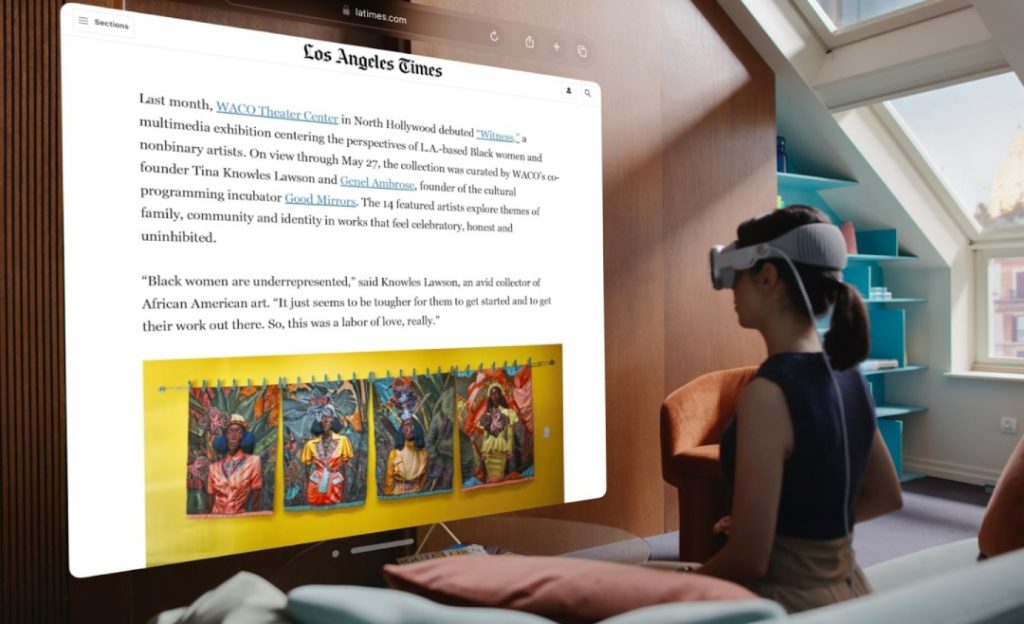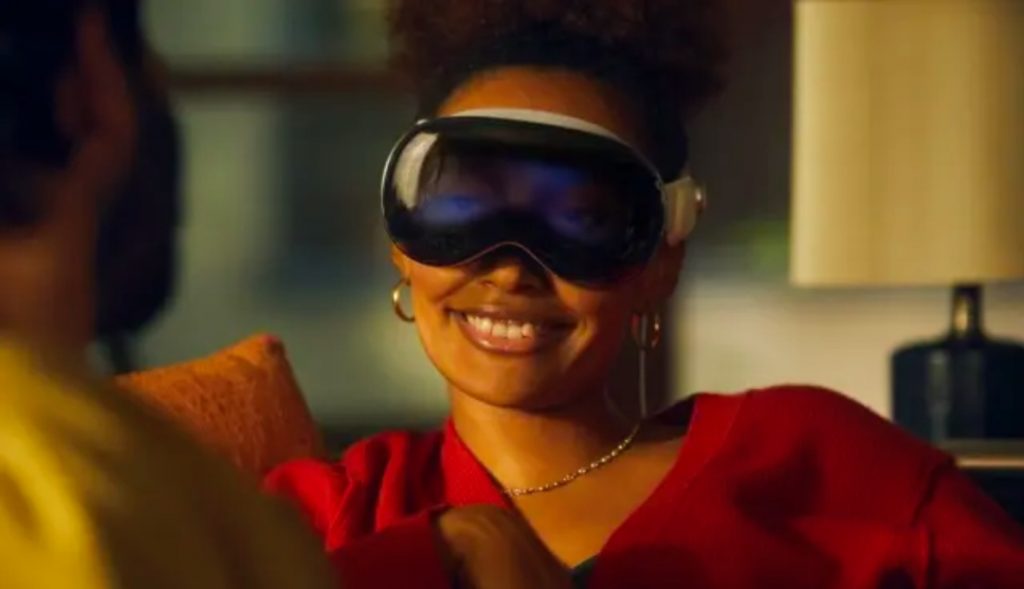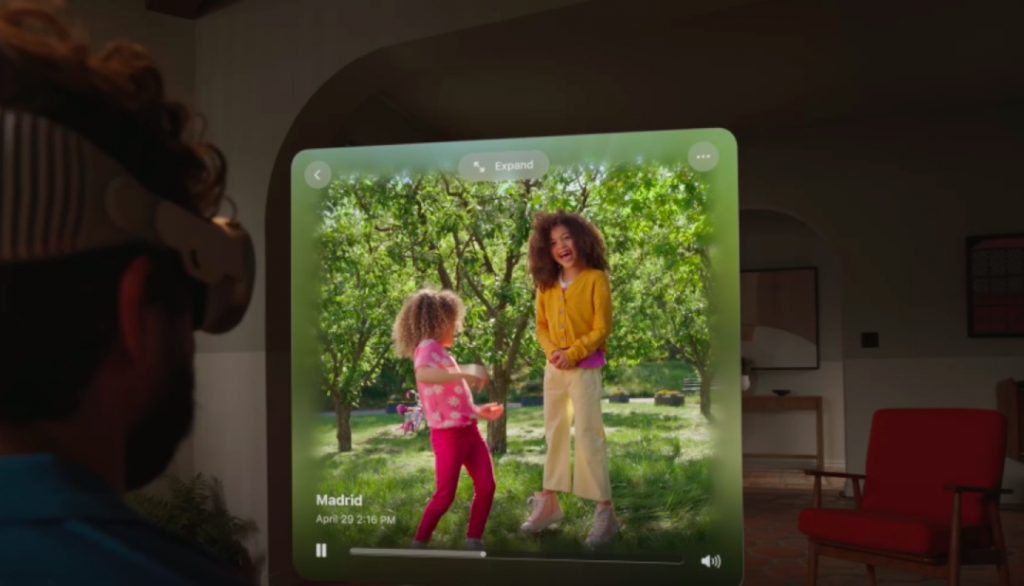| Criteria | Metaverse Avatars | Metahumans |
| Pros | | |
| Realism | Varies; can be stylized or semi-realistic | Extremely high; almost indistinguishable from real humans |
| Customization | High; can be easily tailored to represent various styles and identities | Limited to human-like features but can capture detailed nuances |
| Application Range | Broad; suitable for virtual worlds, social platforms, and online games | Specific: ideal for film, advertising, simulations, and high-end gaming |
| Resource Intensity | Generally lower; simpler designs require less computational power | Higher, detailed designs demand more computational resources |
| Engagement | Allows for unique and diverse representations, which can be more engaging in casual settings | Lifelike representation can lead to deeper emotional connections |
| Cons | | |
| Realism | Might not capture the full depth of human emotion and expression | Might be too realistic for some applications, leading to uncanny valley concerns |
| Customization | It might lack the depth and nuance of human-like features in some platforms | Less room for stylized or fantastical customization |
| Application Range | It might not be suitable for applications requiring high realism | It might be overkill for casual or stylized platforms |
| Resource Intensity | Some advanced avatars might still require significant resources | Requires high-end technology and can be resource-intensive |
| Engagement | Stylized avatars might not resonate with all demographics | The high realism might not always be necessary or could be off-putting to some users |


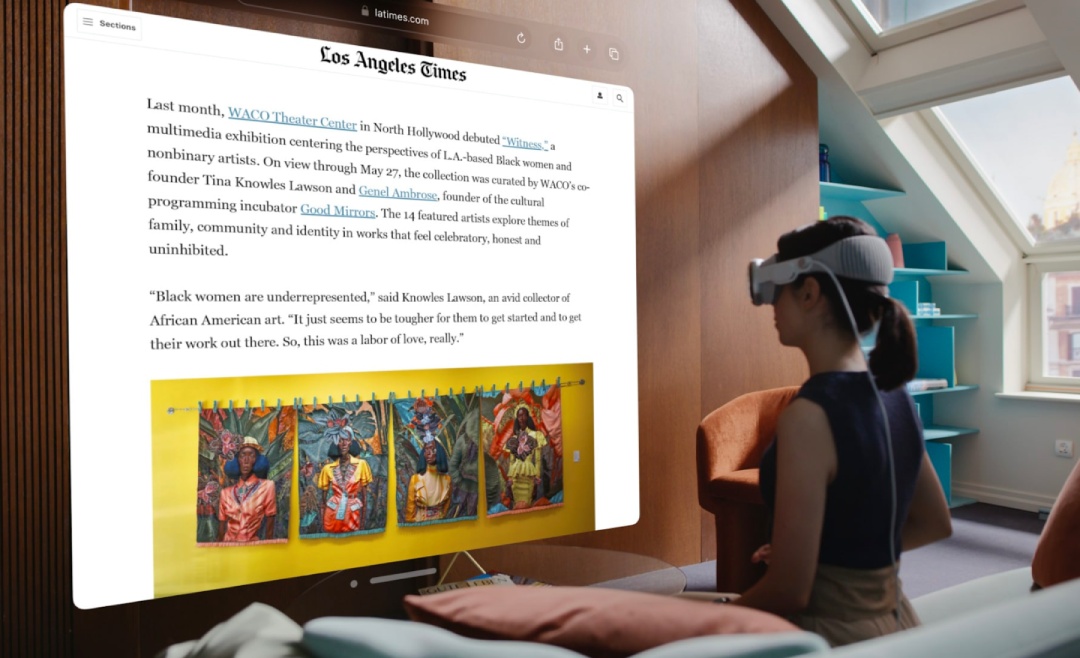
 READ OUR GUIDE TO APPLE VISION PRO DEVELOPMENT
READ OUR GUIDE TO APPLE VISION PRO DEVELOPMENT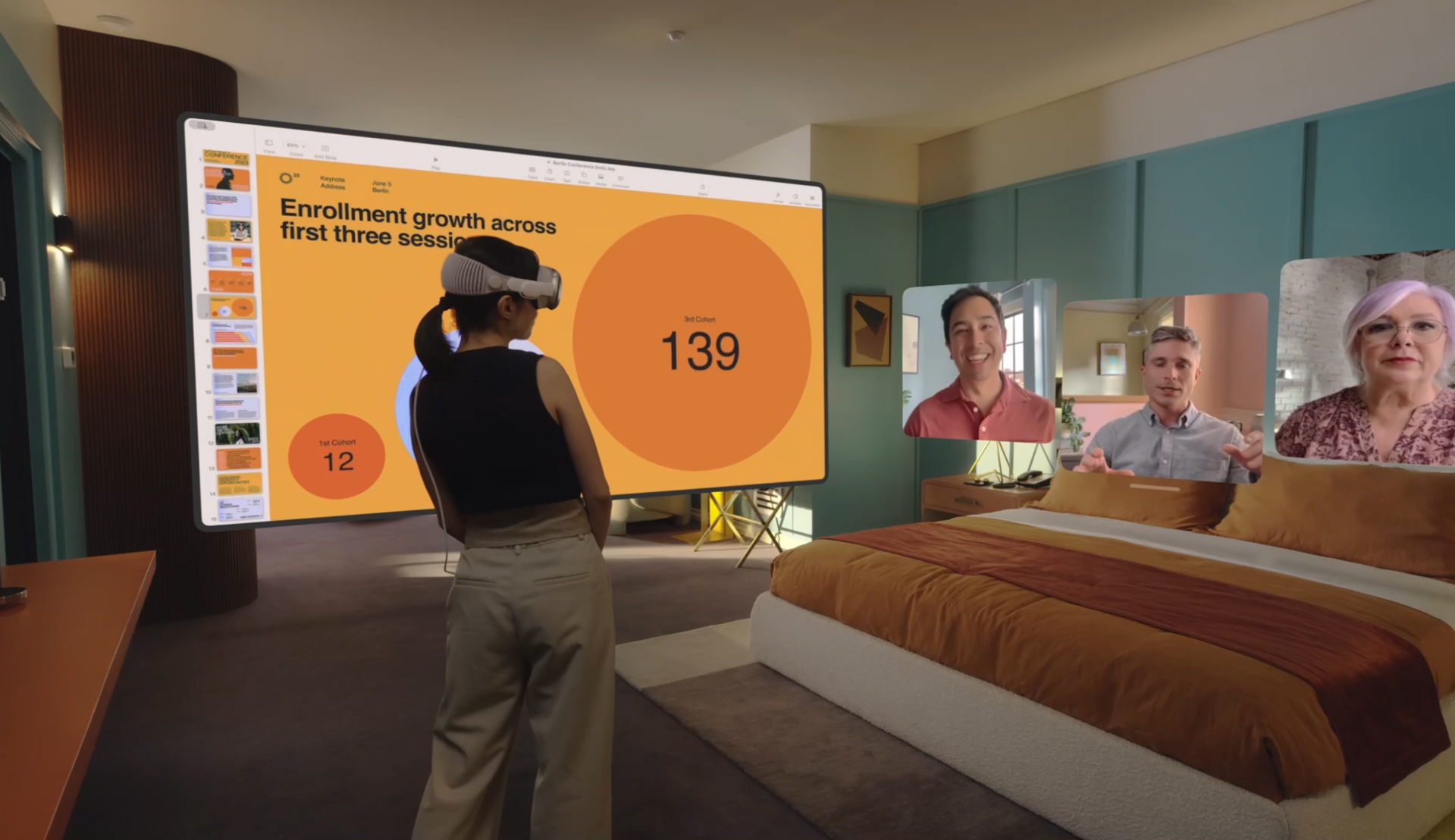

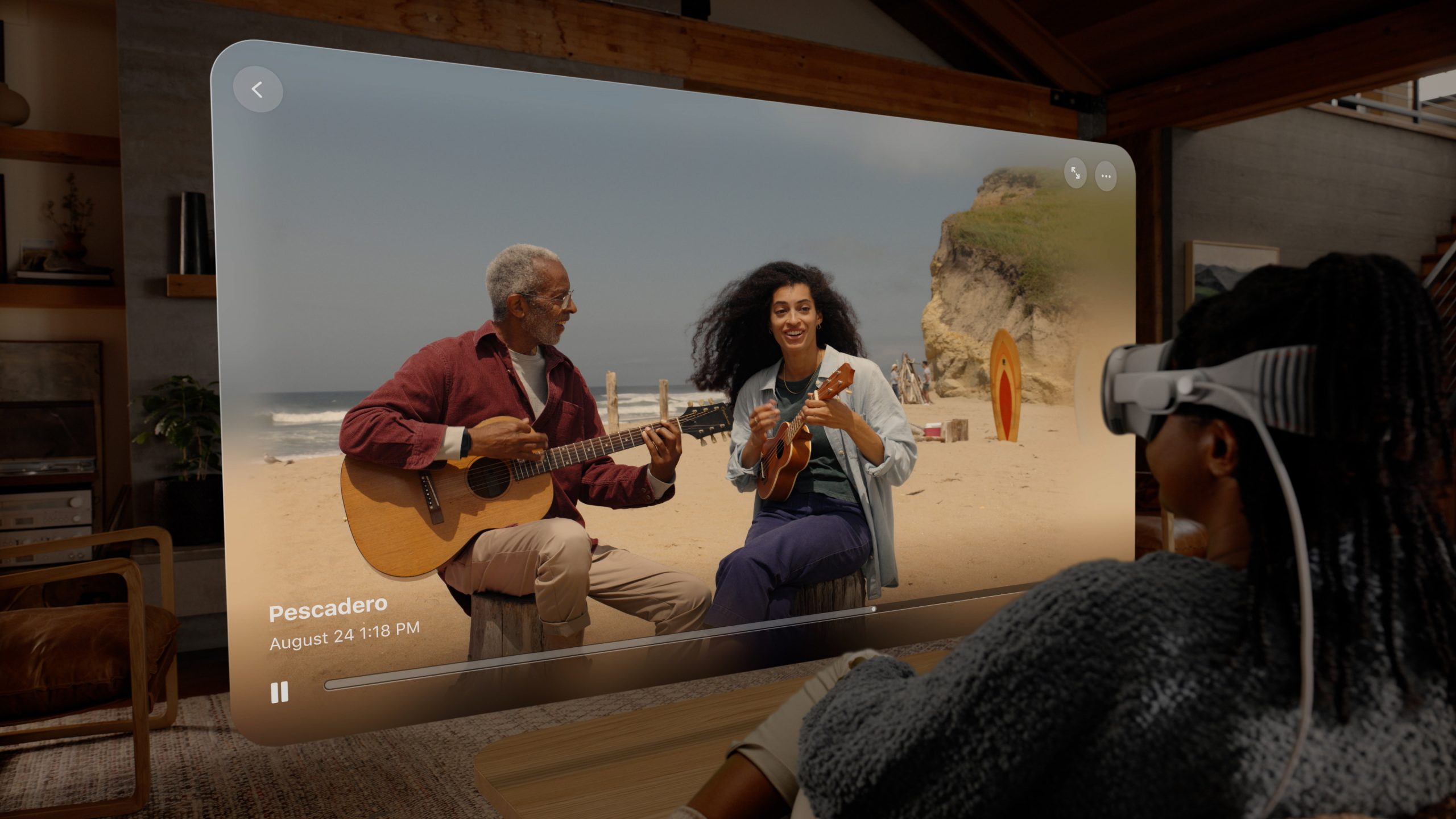





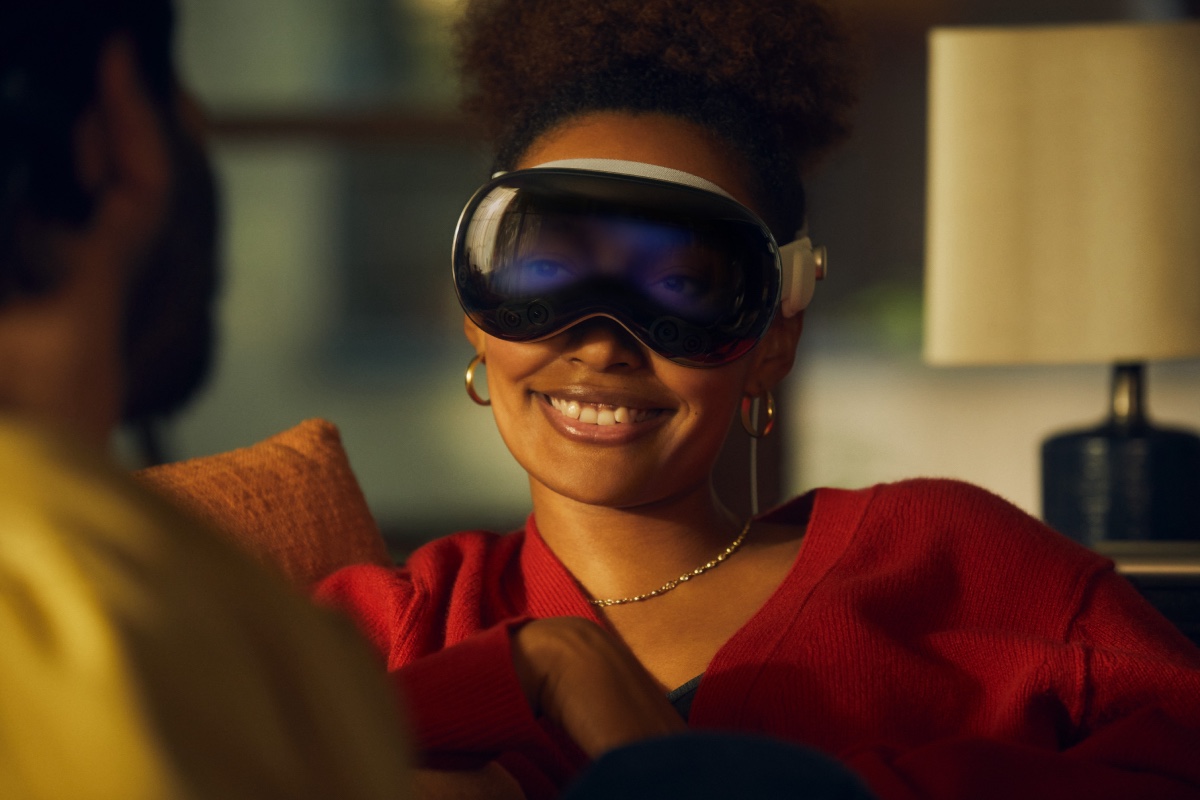
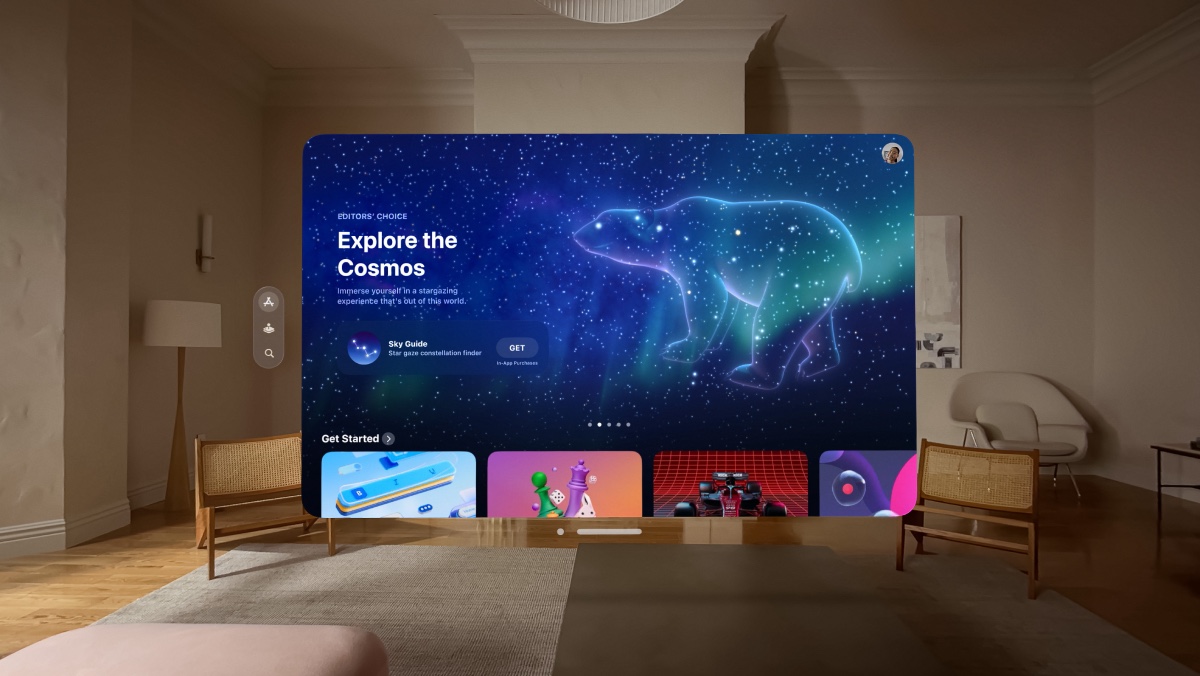


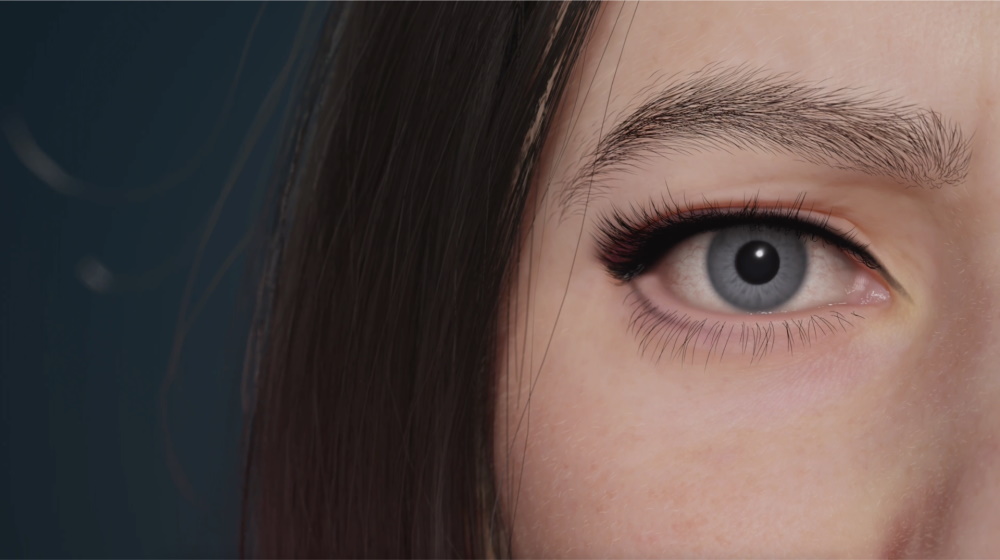

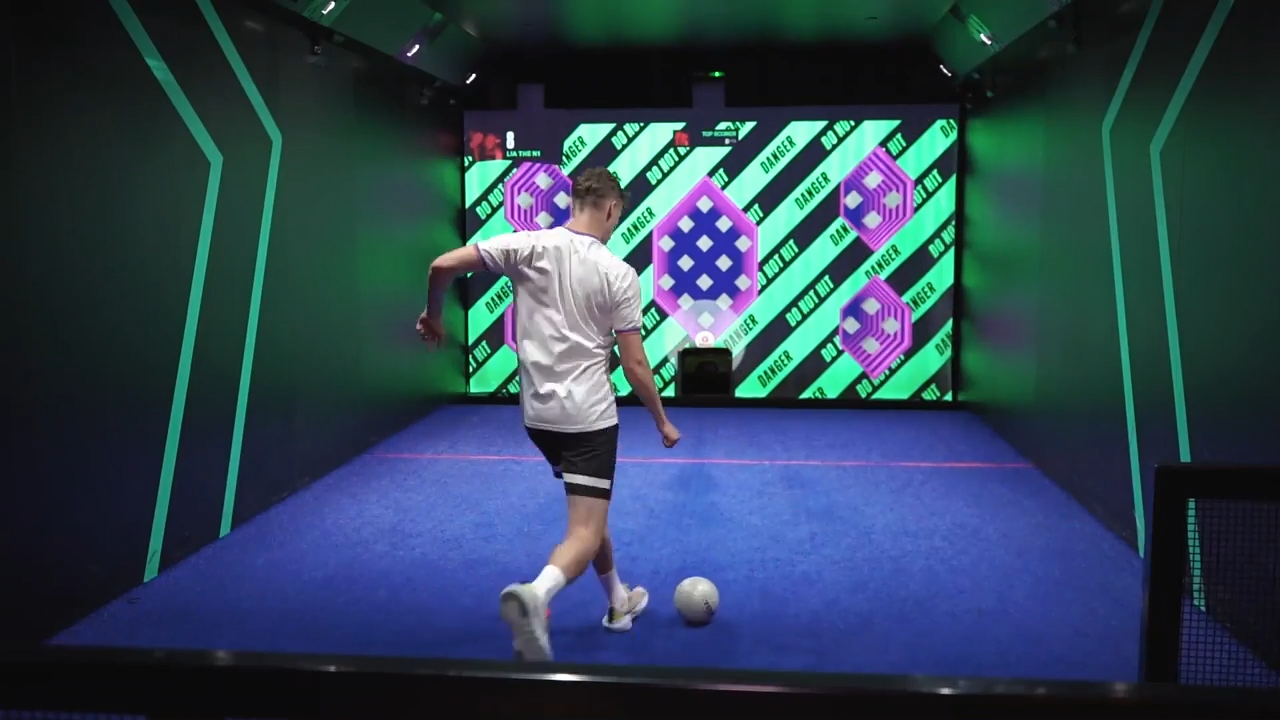

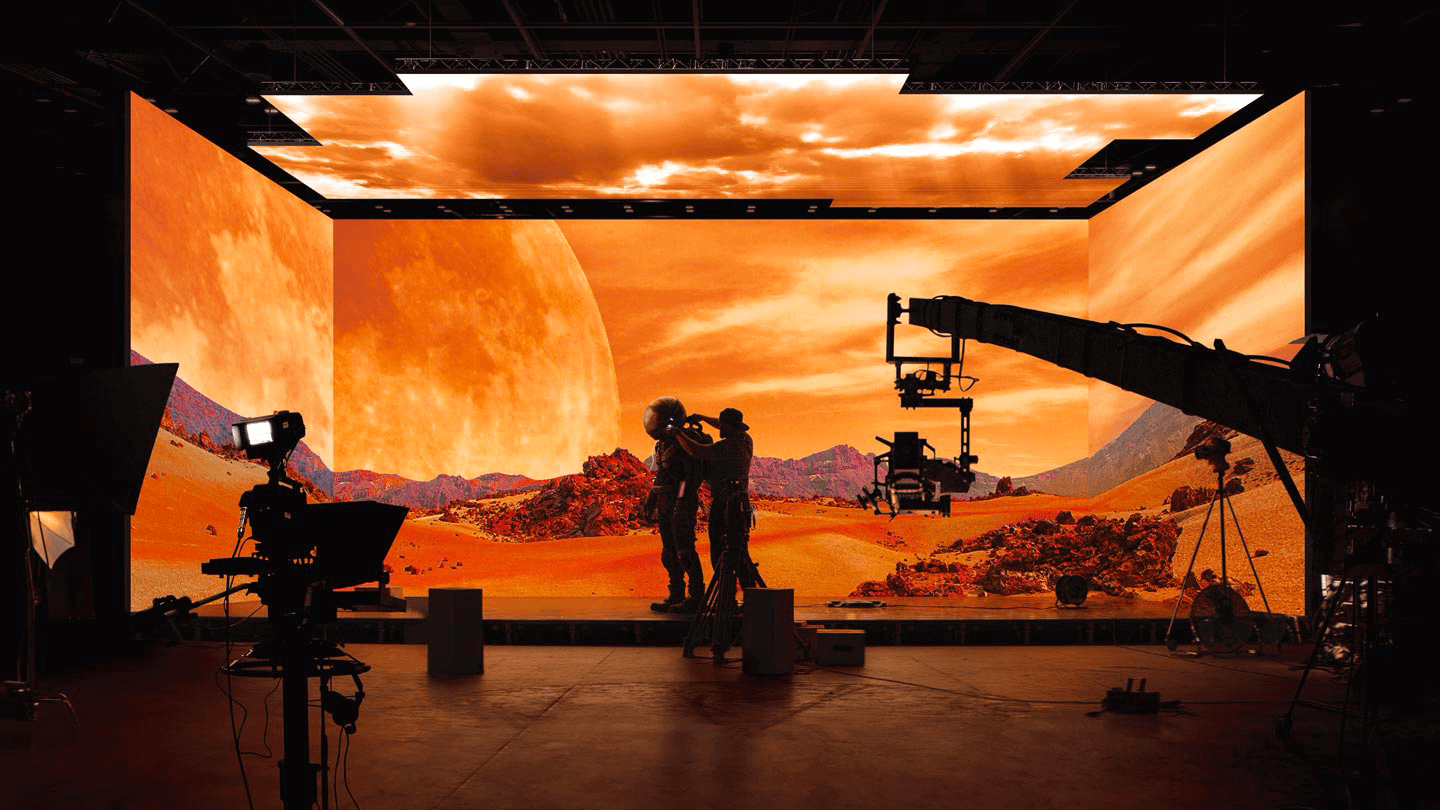

 Contact us
Contact us


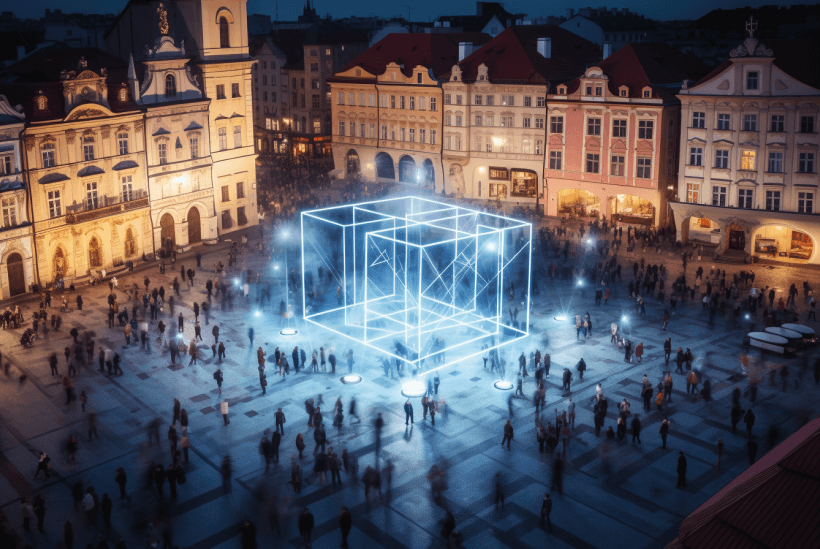













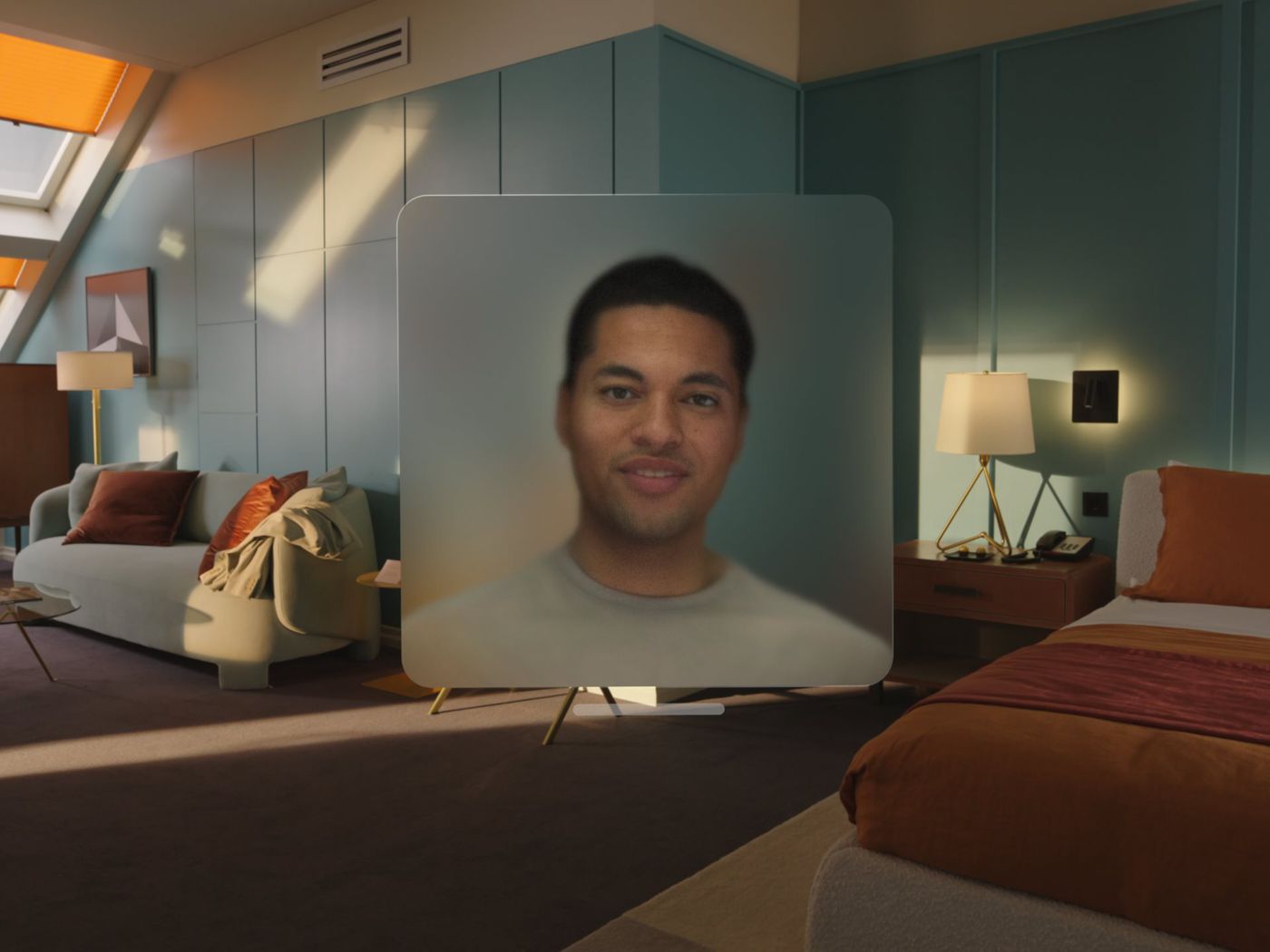


 initiative, aimed at 3D capturing and relaying via the HoloLens system. The potential of XR-based holoportation is expected to grow throughout 2023, unlocking fresh opportunities across sectors, from education to collaborative work, and replicating a sense of physical presence.
initiative, aimed at 3D capturing and relaying via the HoloLens system. The potential of XR-based holoportation is expected to grow throughout 2023, unlocking fresh opportunities across sectors, from education to collaborative work, and replicating a sense of physical presence.
